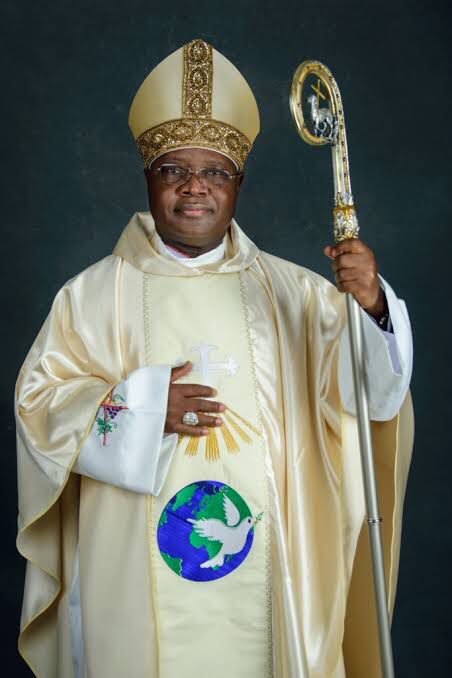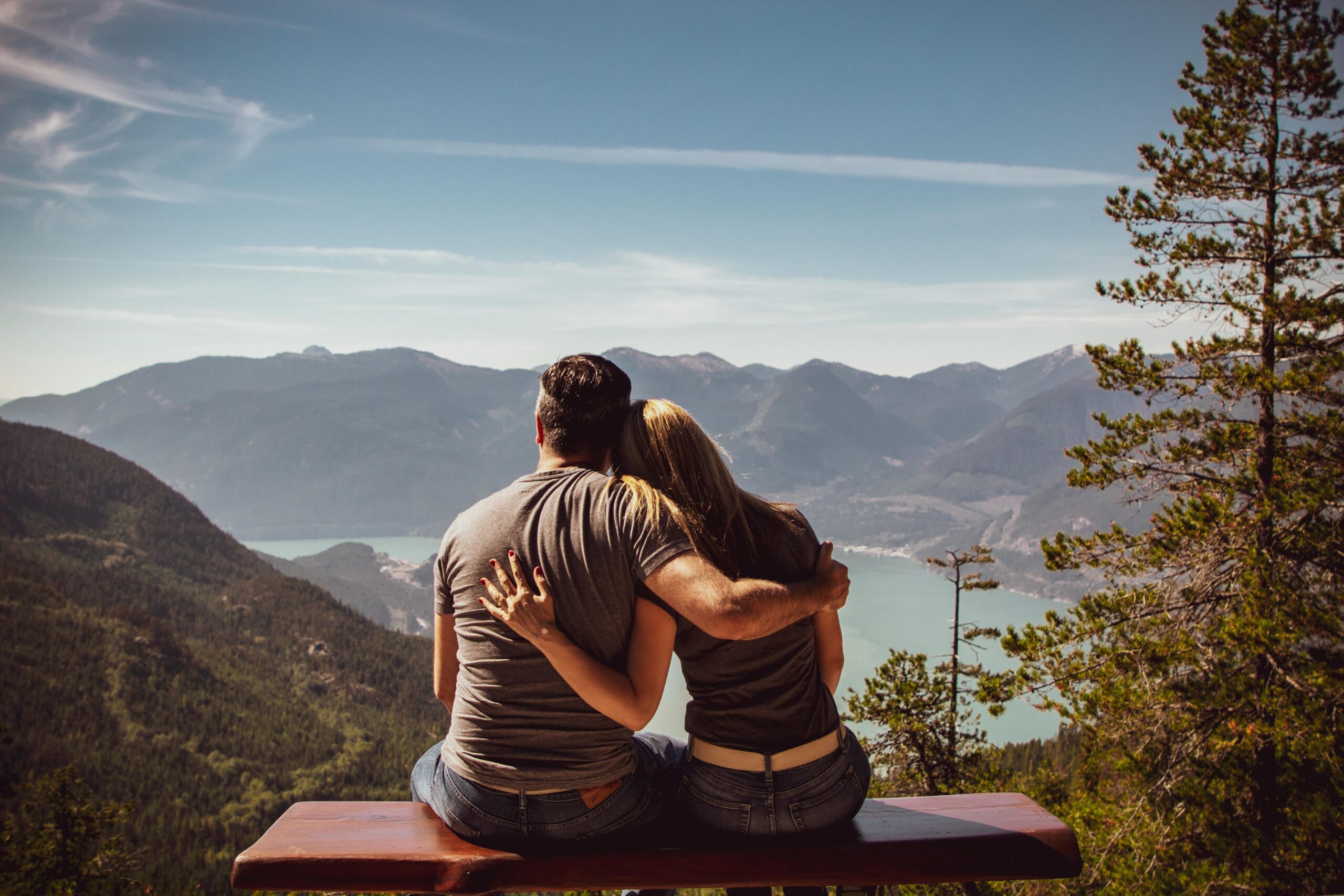Cristina Soria She is a master of the silences that speak and the gestures that tell stories. With more than 20 years of experience in non-verbal communication, The journalist and coach from Bilbao has dedicated her career to deciphering this language that we all speak without realizing it and that ranges from a simple raising of the eyebrows, a quick opening of the eyes or even the posture we adopt in a conversation.
All these details describe the image we project to others and how we perceive ourselvessomething that Cristina has also studied through her eight books published and their participation in TV shows as a non-verbal communication advisor.
ASK.- What does non-verbal communication say about us?
ANSWER.- First of all, non-verbal communication gives details about personality, because more extroverted people tend to gesture much more and are more emotional, while introverts may have a more static posture. But non-verbal communication is also what gives more information about what we are communicating.
Non-verbal communication is what gives more information about what we are communicating.
Although words are very important, as are tone and volume, with non-verbal communication we project coherence or incoherence between what we say and what we are showing. We can know much more about a person in a silence, in a question, in a reflection… when we observe the other person and see certain gestures or microexpressions that they are making. we can detect what is happening there and lead the conversation.
It also helps in active listening, to create a climate of trust or to project a certain image or our personal brand to reach an audience in one way or another. That is why it is important to have information about what we project with our gestures, with our physicality, how we dress or how we behave.
Q.- How can knowing how to control and manage our non-verbal communication benefit us?
R.– When we start to read those codes on the face, we discover how the other person feels and how we can maintain or start a conversation. People are sociable beings who interact and knowing how the person next to me feels allows me to develop that empathy and connect more. Pay attention to how he touches me, how he looks at me, see how he moves his eyes, because if I detect that he is very visual, my interactions will have to connect with images more than with feelings.
Then, non-verbal communication also serves to read your own self-esteem and that of others. There is a well-known person in public speaking in Spain, Mónica Galán, who says that, as you speak to yourself inside, you communicate outwardly. That is to say, if I speak badly to myself, my non-verbal communication will always have gestures of closure or discomfort. It is a box that I am passionate about, because you can get a lot of information from people so that your interpersonal relationships are much better.
Q.- What are microexpressions?
A.- Microexpressions are facial movements that reflect an emotion we are feeling and are always based on six basic emotions: joy, sadness, fear, disgust, surprise and anger. In our daily lives they help us know how to detect when a person is sad, or has been bothered by something, or is afraid of something. Also if she is being sincere, or if her surprise has been real, which, in that case, the opening of the eyes is very fast…
Yes, it is true that right now there is an important challenge with all the world of aesthetics, because when people have surgery or when they inject Botox, their faces become paralyzed and there is no longer any movement or microexpressions. So, we have to learn to interpret other parts of the body to detect what is happening. For example, you ask someone a question and you see that he is swallowing and you know that he is holding back an emotion, or he suddenly takes a breath and you see that it has impacted him in some way. It is a very interesting line of research.
Q.- Can non-verbal communication be trained?
R.– Yes, totally. In fact, a few months ago I met a woman in a market in Madrid who recognized me from TV and she told me that she was hallucinating how he guessed things. I don’t guess things, I make hypotheses, but I can be wrong because there are also people who lie. That is, non-verbal communication is not an exact science, but it does change the scenario when you know how to interpret it.
I don’t guess things, I make hypotheses, but I can be wrong because there are also people who lie.
When I give training, I explain that there are formulas to manage our non-verbal communication. How to move on a stage, what postures can convey more closeness or not, how to appear confident and even how to change your mood through your corporality, but at the same time it is a double game. You have to be yourself and communicate from your own essence, because when you want to be what you are not, it shows.
Q.- Just as much of the message is lost in written conversations on messaging apps, can the message be lost in non-verbal communication through social media videos?
A.- I believe that it is not lost, but we can find some barriers and some manipulation. When we are recording something for networks, we can pose and make gestures that at a certain moment may want to convey certain things. When you know that you can fake it and if you know how to work it well, you can gain points in your favor, but on a day-to-day basis, when the distance is short, our eye detects it and it is more difficult to deceive there.
Q.- There are cultures that are more expressive than others, such as the Spanish or the Italians. In that sense, what would you say we Aragonese are like?
A.- I think geography forms the character of people and we are a place of passage. I believe that this crossroads has identified us with a very open and very sociable personality. And then We are very powerful and strong people. and I think that physically it gives us certain characteristics. What happens is that later we mix with other cultures and our own expressions become diluted.
When Paul Ekman began to study microexpressions, he said that they only have to do with our emotions, they are innate in human beings and are universal. It doesn’t matter if you are Japanese, African, from New York, Jewish, Arab… the emotions, man-woman, different culture, different age, are expressed in the same way on our face. What I mean by this? That we, as a base and as an essence, because of our place and our way of being, because of our characteristics, as Aragonese root essencewe can have certain non-verbal behavior, but with all the mix that there is, with everything we travel right now, with globalization, with being in other cultures, in the end, perhaps, there is part of that essence that is lost.
Q.- In addition to being a coach and journalist, you are also a writer and you currently have eight books, what do you have in them?
A.- My books have always been very related to self-esteem, with security, with overcoming goals and challenges…are topics closely related to self help. I had already talked about security, self-esteem, strength, challenges, goals, the emotion of sadness, and healthy habits as well, and in my latest book we have opened a different umbrella and it has been the topic of couples.
My books have always been very related to self-esteem, with security, with overcoming goals and challenges…
“The book that will save your relationship” is based a bit on my personal career. I have been married to the same person for 24 years, and enduring and overcoming obstacles gives you some authority to talk about what couples are not perfect.
I do not believe that the idyllic image that we have been sold of couples is real. I fall in love with someone, I get married and now I maintain a relationship over time because I got married or fell in love 20 years ago. If you don’t work on it, it’s very difficult to maintain it. So, with a certain humor and with a certain irony, we talk about different stages that couples go through and What can we do to overcome these obstacles? that are.
Read more

